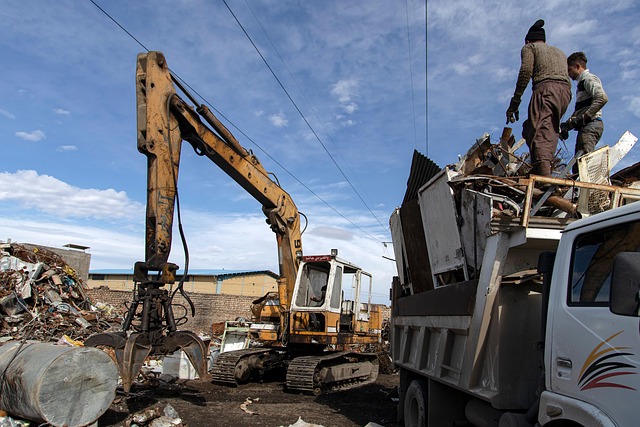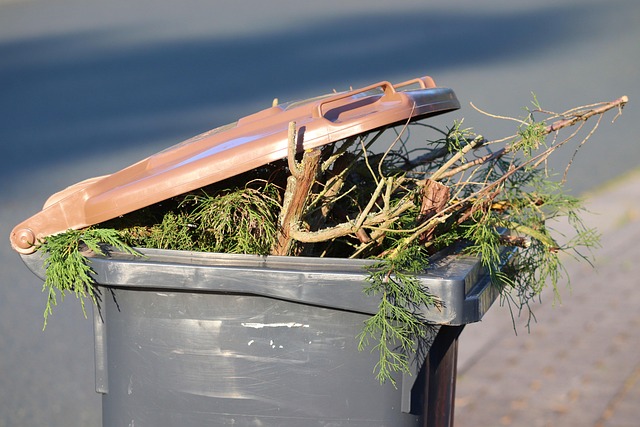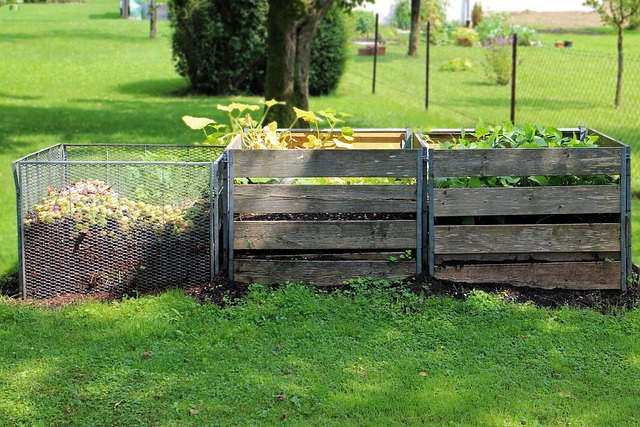In an era where environmental consciousness is gaining momentum, the practice of waste management has moved beyond mere disposal to become an integral part of sustainable living. At the heart of this transformation lies composting—a low‑impact method that turns kitchen scraps, yard trimmings, and agricultural by‑products into a rich, dark soil amendment. This article explores how thoughtful waste management practices can breathe new life into gardens, support biodiversity, and foster resilient ecosystems.
The Role of Waste Management in Green Gardening
Modern gardening is no longer limited to planting seeds; it now encompasses a holistic approach that includes nutrient cycling, water conservation, and waste reduction. Effective waste management turns what would otherwise be discarded into valuable resources, reducing landfill pressure and greenhouse gas emissions. By integrating composting into garden routines, growers create a closed‑loop system that nurtures both plants and soil health.
What Makes a Good Compost Material?
Successful composting relies on a balance between “green” and “brown” materials. Green materials—such as fruit and vegetable peelings, coffee grounds, and fresh grass clippings—provide nitrogen, while brown materials—like dry leaves, straw, and shredded newspaper—offer carbon. A typical compost mix aims for a carbon‑to‑nitrogen ratio of roughly 25:1 to 30:1, ensuring optimal microbial activity.
Composting Methods Explained
There are several methods to manage organic waste and produce compost, each suited to different spaces and budgets:
- Traditional Windrow Pile: Ideal for larger gardens, this method involves layering greens and browns in long piles that are turned weekly.
- Tumbler Composters: Portable and convenient, tumblers are perfect for small patios or balconies. They allow easy turning with minimal effort.
- In‑Ground Beds: By incorporating compost directly into the soil, growers can continuously improve soil structure without the need for separate piles.
- Vermicompost (Worms): Worms thrive on food scraps, breaking them down into a liquid nutrient called worm castings, which is highly prized by organic gardeners.
Key Tips for Effective Waste Management in Composting
To maximize the benefits of waste management, consider the following practices:
- Moisture Control: Keep compost damp but not soggy; a sponge test is a quick indicator.
- Temperature Monitoring: Aim for temperatures between 55°C and 65°C to kill pathogens and weed seeds.
- Oxygenation: Turn piles regularly to introduce air and prevent anaerobic conditions.
- Size of Particles: Shred large items to speed decomposition and reduce the need for turning.
- Monitoring pH: Compost should ideally remain slightly acidic (pH 5.5–7.0) to maintain microbial balance.
Applying Compost to Your Garden
When compost has matured—usually after 3–6 months—it can be applied in several ways to enhance garden ecosystems:
- Soil Amendment: Mix compost into the top few inches of soil to improve texture, drainage, and nutrient content.
- Mulch Layer: Spread a 2–3 cm layer over beds to conserve moisture, suppress weeds, and add organic matter as it slowly breaks down.
- Seed Starting Mix: Combine compost with perlite or vermiculite for a lightweight, aerated medium that promotes strong root systems.
- Liquid Fertilizer: Shake a bag of compost and dilute the resulting liquid in water to create a nutrient‑rich spray for foliar feeding.
Environmental Benefits of Compost‑Based Waste Management
Implementing waste management through composting offers a host of ecological advantages:
- Carbon Sequestration: Compost adds organic matter to soil, storing carbon that would otherwise be released as CO₂.
- Reduced Greenhouse Gases: Decomposing waste in anaerobic landfill conditions produces methane; composting in oxygenated piles minimizes this risk.
- Water Conservation: Soil enriched with compost improves water retention, reducing irrigation needs.
- Biodiversity Support: Microbial communities thrive in compost, providing food and habitat for beneficial insects and soil fauna.
Community Gardens: A Model of Sustainable Waste Management
Many urban neighborhoods have turned abandoned lots into vibrant community gardens, turning organic waste into a shared resource. In one such project, residents collected kitchen scraps, garden clippings, and even pet food waste. These materials were processed in a central compost pit, producing ample compost for every plot. The garden not only produced fresh produce but also educated participants about responsible waste management and ecological stewardship.
Challenges and Solutions in Compost‑Based Waste Management
While composting offers many benefits, certain obstacles can arise:
- Odor Issues: Improperly balanced piles can emit unpleasant smells. Adding dry brown material and turning regularly can mitigate this.
- Attracting Pests: Fruit and meat scraps can lure rodents. Keeping waste sealed in a container before adding to the pile reduces this risk.
- Space Constraints: Limited backyard space can be a hurdle. Compact tumblers or vertical compost bins are excellent alternatives.
- Inconsistent Moisture: Heavy rains or dry spells can disrupt composting. Mulching the pile and monitoring moisture can keep conditions stable.
Future Trends in Waste Management for Eco Gardening
Looking ahead, several innovations promise to refine composting practices further:
- Smart Composters: Devices equipped with sensors can monitor temperature, moisture, and pH, providing real‑time feedback via mobile apps.
- Biochar Integration: Adding biochar to compost can enhance carbon storage, soil fertility, and microbial habitats.
- Community‑Scale Automation: Large gardens are exploring automated turning mechanisms to reduce labor.
- Educational Platforms: Online modules and community workshops are expanding knowledge about waste management and sustainable gardening.
Closing Thoughts on Waste Management and Compost Ecology
Effective waste management through composting is more than a gardening technique—it is a lifestyle choice that aligns with global environmental goals. By converting everyday scraps into fertile, living soil, we participate in a regenerative cycle that nurtures plants, supports wildlife, and mitigates climate change. Whether you are a seasoned horticulturist or a novice plant lover, embracing compost‑based waste management can transform your garden into a thriving, sustainable ecosystem.



